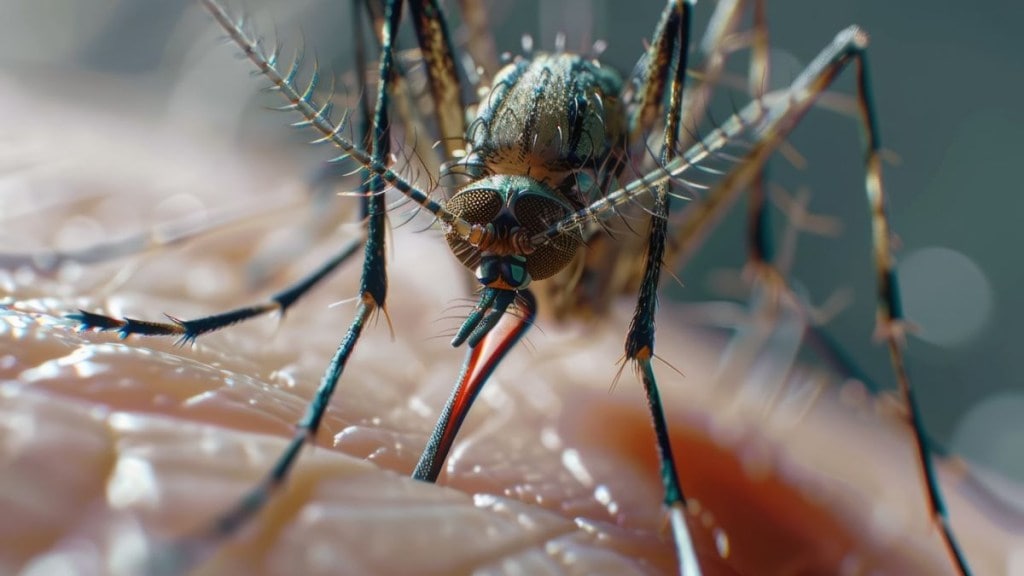China mosquito-borne virus outbreak: China is facing its worst-ever outbreak of chikungunya, a viral infection spread by mosquitoes. The outbreak has hit Foshan city, located in the southern province of Guangdong, where more than 3,100 cases have been reported in just the month of July, according to national broadcaster CCTV. This is the biggest outbreak of chikungunya since the virus was first detected in China nearly 20 years ago.
What is chikungunya?
Chikungunya is a mosquito-borne virus first identified in Tanzania in 1952. It spreads to humans through the bite of an infected Aedes mosquito, the same mosquito that also transmits dengue and Zika viruses.
According to the World Health Organization (WHO), chikungunya causes high fever and intense joint pain, which can last for weeks or even months. Other symptoms include headaches, muscle pain, vomiting, and extreme tiredness.
Why is this chikungunya outbreak happening now in China?
So far, Chinese health officials have not revealed the exact reason behind the sudden surge in cases. However, experts believe the outbreak is likely due to a combination of climate conditions and low immunity among the population.
“This surge is likely due to favourable climatic conditions that allow blooms of the Aedes mosquito population,” said Robert Jones, Assistant Professor at the London School of Hygiene and Tropical Medicine. “These mosquitoes thrive in warm, wet weather and are aggressive daytime biters.”
Guangdong’s hot and humid weather makes it the perfect breeding ground for mosquitoes. Local authorities have now stepped up anti-mosquito measures, urging people to remove stagnant water from flower pots, containers, and drains.
WHO warns of global chikungunya outbreak
The outbreak in China is part of a wider global trend. Cases of chikungunya have exploded in several parts of the world this year. According to the European Centre for Disease Prevention and Control, over 220,000 chikungunya cases and 80 deaths have been reported in 14 countries so far in 2025.
Even countries like France and Italy, which are far from tropical regions, have reported locally acquired chikungunya cases this year, pointing to the virus’s growing reach due to climate change and increased travel.
The WHO recently issued an urgent call to action, warning that more than five billion people across 119 countries now live in areas at risk of chikungunya.
“This wave is happening because many people in these regions may have never been exposed to the virus before,” said Patricia Gallego Delgado, a disease forecasting expert at London-based Airfinity. “With low population immunity, the virus can spread fast.”
China’s chikungunya history
China reported its first chikungunya case in 2008, detected at an airport in Guangdong. The first local transmission was confirmed in 2010, when 253 people got infected in the same province. Since then, only sporadic cases have been seen, mostly in Yunnan and Fujian provinces, until now.








